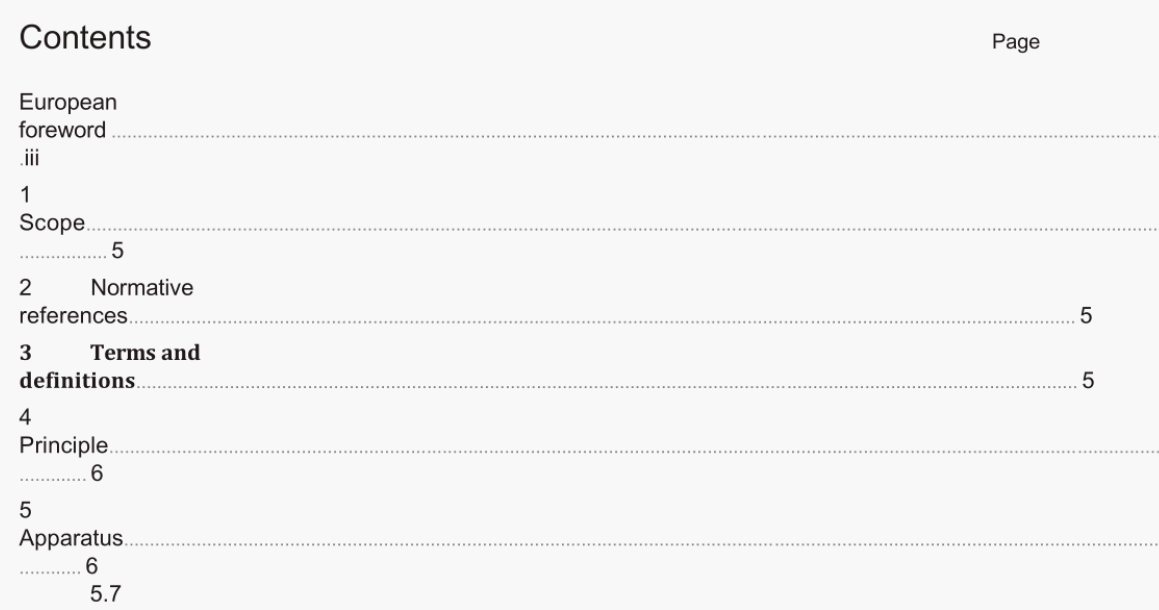BS EN 993-1:2018 pdf download.Methods of test for dense shaped refractory products
7 Procedure
7.1 Determination of mass of dry test piece (m1)
Dry the test piece at (110土5) to constant mass, i.e. until two successive weighings made before and after at least 2 h in the oven do not differ by more than 0,1 %. Before each weighing, place the test piece in a desiccator until it has cooled to room temperature. Weigh each test piece to the nearest 0,01 g. The mass determined is the mass of the dry test piece (m1). A waiting time up to 24 h of the test piece in the desiccator should not influence the testing results. The test pieces can be put in the desiccator at the end of the day to cool overnight before being tested the next morning.
7.2 Soaking of test piece
Carry out a check test to ensure that the apparatus will hold a vacuum. Place the cooled and dried test piece in an air-tight vessel. After sealing the vessel, evacuate it until a pressure of not more than 2500 Pa is attained; maintain this vacuum for at least 15 min. In order to ensure that all the air has been removed from the open pores, isolate or disconnect the vessel from the vacuum pump and check that pressure does not rise through any de-gassing of the test piece. Reconnect the vessel to the vacuum pump and progressively introduce the immersion liquid so that, after 3 min, the test piece is covered by about 20 mm of liquid. Maintain this reduced pressure for 30 min. If water is used as immersion liquid, wait until the water boils to ensure the maximum vacuum is attained for the test temperature (see the water vapour pressure as a function of temperature in Table 1). The use of an absolute vacuum meter is recommended. Then switch off the pump and open the vessel. Wait a further 30 min to ensure that the liquid penetrates into all the open pores. NOTE 1 Certain fine porosity materials such as refractories containing carbon and some clay products may require longer periods of evaporation. NOTE2 Test pieces may be stacked in the vessel (several layers of test pieces) without significantly impacting the testing results.
10 Precision and bias
10.1 Interlaboratory study
An interlaboratory study was completed among 10 laboratories in 2014 to 2015. Two different types of refractories were tested for bulk density and open porosity by each laboratory, a dense shaped refractory product (high alumina grade – HA75) and a carbon bonded refractory product (Magnesia-carbon bonded grade – MC 95/10]. For each material, cylinders (50 mm height by 50 mm diameter) have been tested under the same testing conditions. The waiting time under vacuum without liquid had been fixed to 15 min; the test pieces were subsequently kept 30 min under 2500 Pa vacuum pressure while immersed, and further, at least 30 min, still immersed, under atmospheric pressure. The excess liquid was removed using a saturated linen towel. Eight test pieces per material have been tested by each of the laboratories.
BS EN 993-1:2018 pdf download
